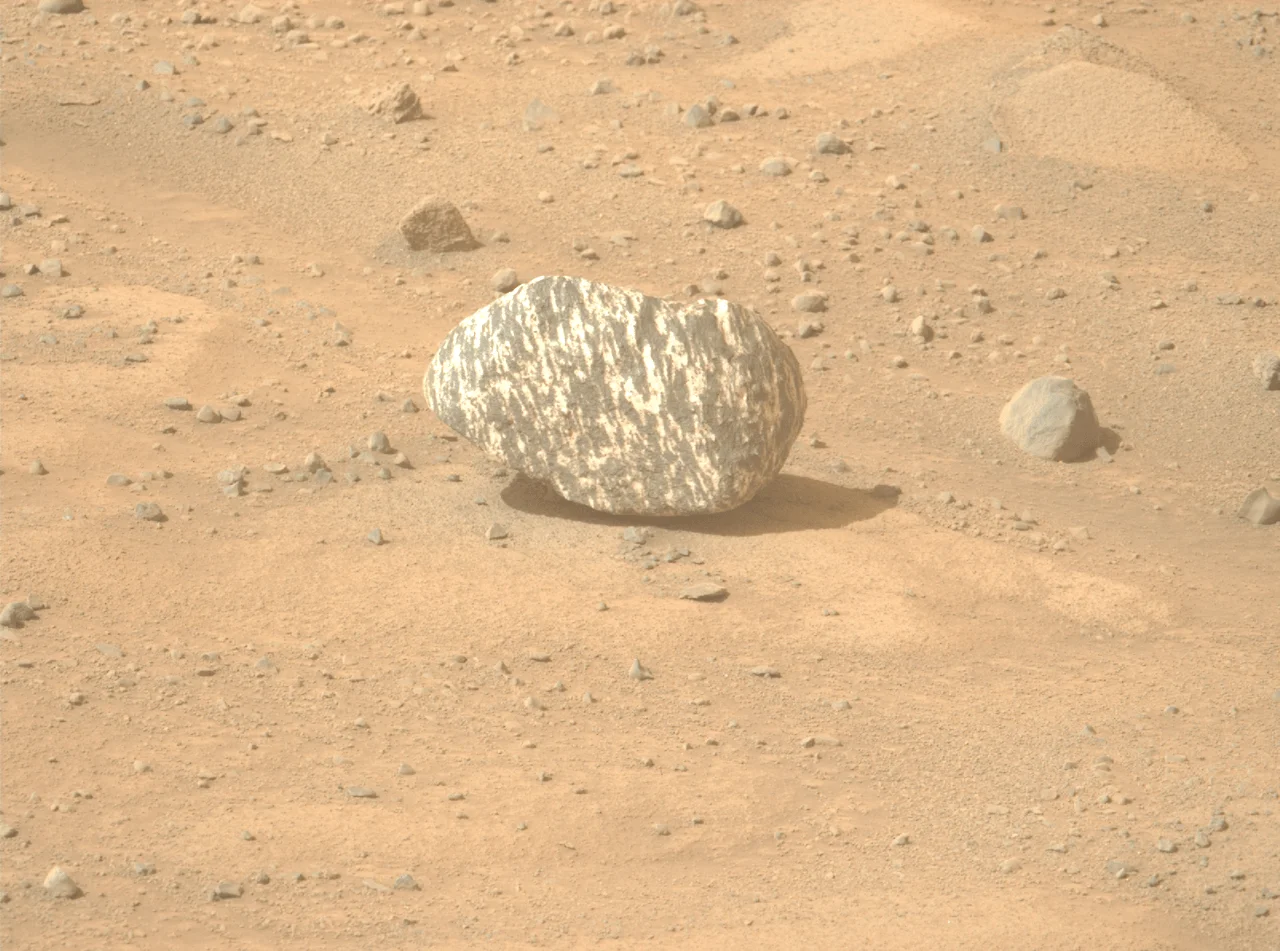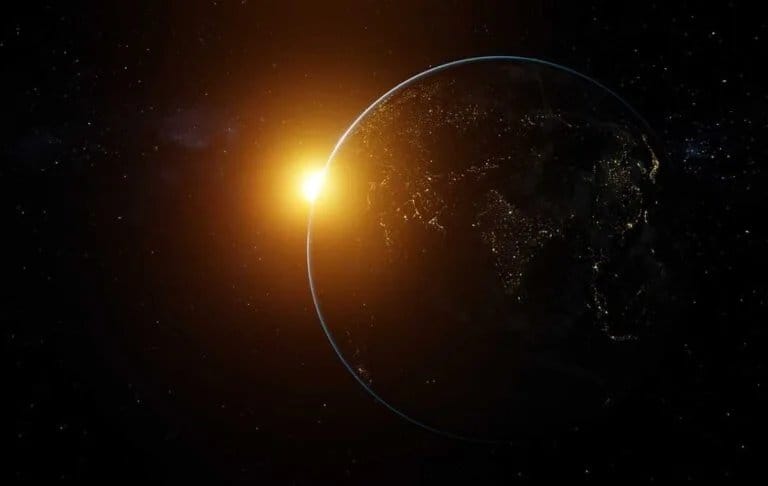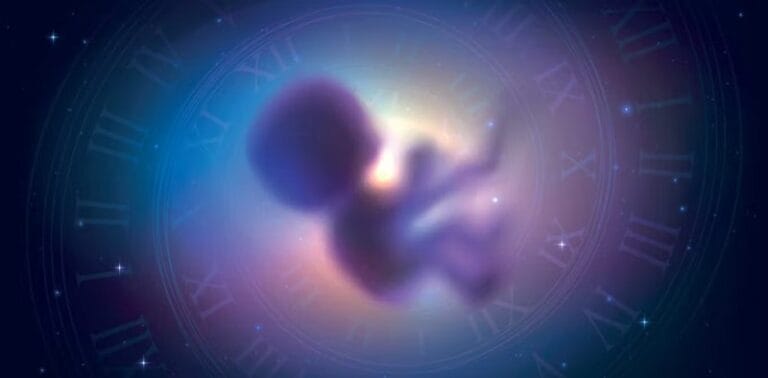Striped rock found on Mars

The detection by the Perseverance rover of a previously unseen black and white striped rock on Mars came as a surprise to NASA scientists. It raises the question of whether this could be an indication of other more significant discoveries to come.
Approximately a month has passed since the rover began climbing the steep slopes that lead to the rim of the Jezero crater in search of ancient rocks that might shed light on the earliest epochs of Martian history. Although initial progress was impeded by the challenging topography, recent observations indicate a notable increase in the traversal rate in a relatively flat area.
In this context, as the rover advanced over stony terrain with no significant findings, some members of the mission team, with a keen observational eye, identified an anomalous rock with an unusual texture in the low-resolution images captured by Navcam. The team decided to designate the rock formation as “Castle Freya” and drew up a multispectral observation plan, using the Mastcam-Z camera, to carry out a more detailed examination before the vehicle departed.
After transmitting this data with the Perseverance outside the area a few days later, it became clear that the object was of an extraordinary nature. The Castillo Freya has an approximate diameter of 20 cm and displays a distinctive pattern of alternating black and white stripes, reminiscent of a zebra’s coat. The scientific team believes that this rock has a hitherto unseen texture in the Jezero Crater and possibly on Mars as a whole.
Although our understanding of its chemical composition is limited, preliminary interpretations suggest that igneous and/or metamorphic processes may have created its stripes. Furthermore, as Castillo Freya is a loose rock and clearly distinct from the underlying bedrock, it is likely that it originated elsewhere and was transported to its current position, possibly rolling downhill from a higher source.
“This possibility excites us, and we hope that as we continue to ascend, Perseverance will find an outcrop of this new rock type for more detailed measurements,” said Athanasios Klidaras, a doctoral student at Purdue University and a member of the team.
“Could these be the first samples of ancient rocks that were lifted from the depths by the impact at Jezero and are now exposed at the crater rim? Only time will tell,” he concluded.






